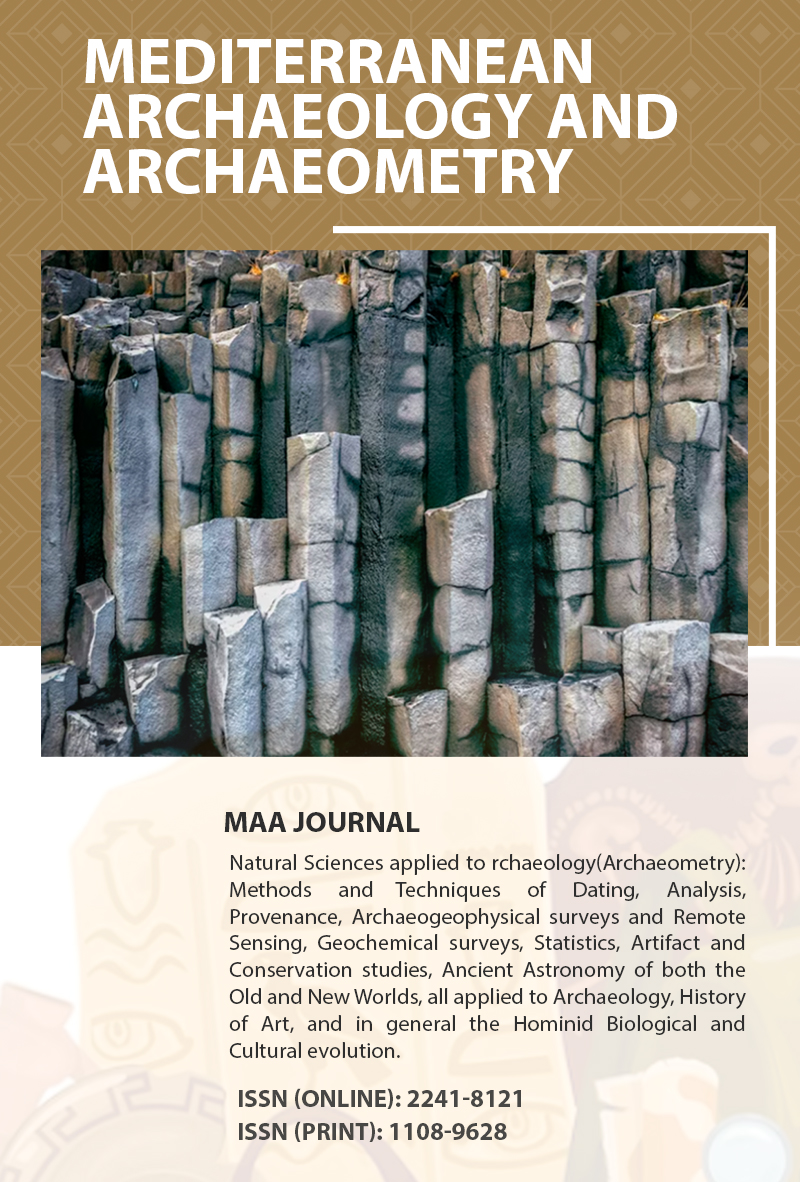The Display of Painting Elements in Han Dynasty Murals to the National Spirit and the Enlightenment of Painting Themes
Main Article Content
Abstract
The Han Dynasty (BCE 206~CE 220) is an important event in the development of Chinese murals, and although it experienced the wars of the Eastern Han Dynasty (BCE 206~CE 25) and the Western Han Dynasty (CE 25~220), the Han Dynasty murals did not appear to be interrupted and flourished. After many foreign wars, the Han Dynasty (BCE 236~CE 215) had close contact with Eastern Europe (BCE 206~CE 25), West Asia and other countries, which also led to the Han Dynasty murals having a European style. In this paper, the color composition of the stone mural was analyzed with the help of a JC35 Handheld metal analyzer, the silk mural was measured by imaging electron microscopy SEM5000, and the composition, structure, dye and other data were recorded. Then, Microsoft VISO 2.0, Excel 2010, and SPSS 2.0 software were used for data analysis, image drawing, and problem finding. The results of the study show that the Han Dynasty murals use dyes such as iron red, lead white, bluestone, etc., the composition is centered on the right side, assisted on the left side, and the theme is mainly Xiangrui and Shengxian. At the same time, Han Dynasty murals contain Confucian cultural connotations, integrate the characteristics of Western oil painting, highlight characters and themes through composition, position, contour and other painting techniques, and form a painting style with national characteristics, which can provide a basis for the selection of modern painting themes.

